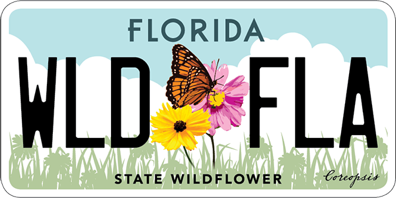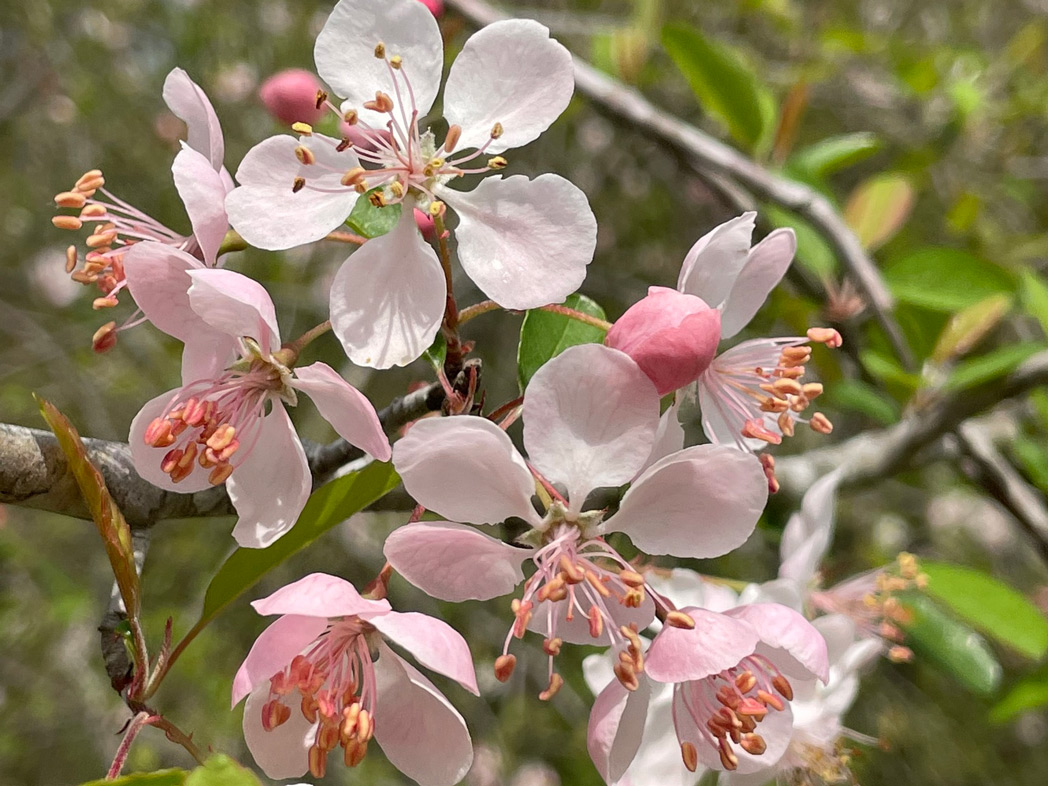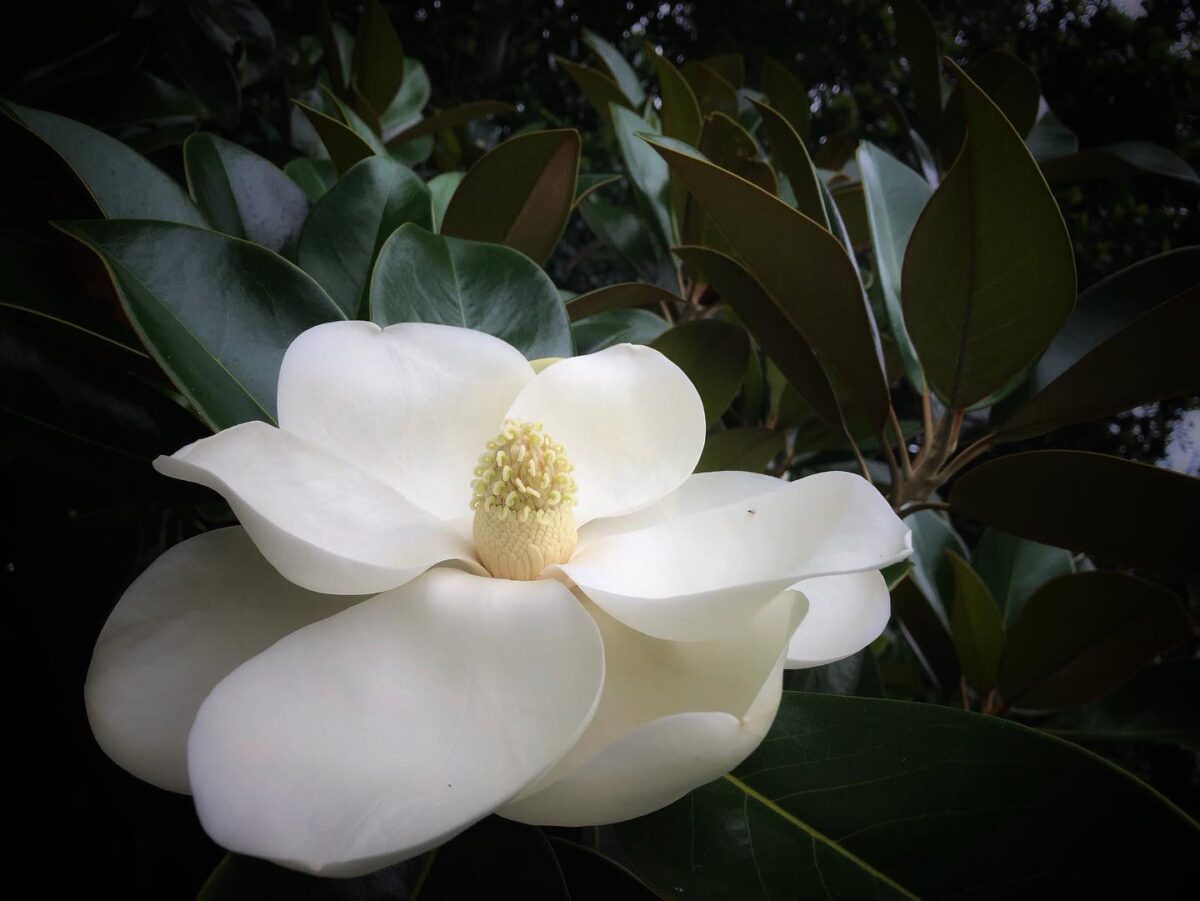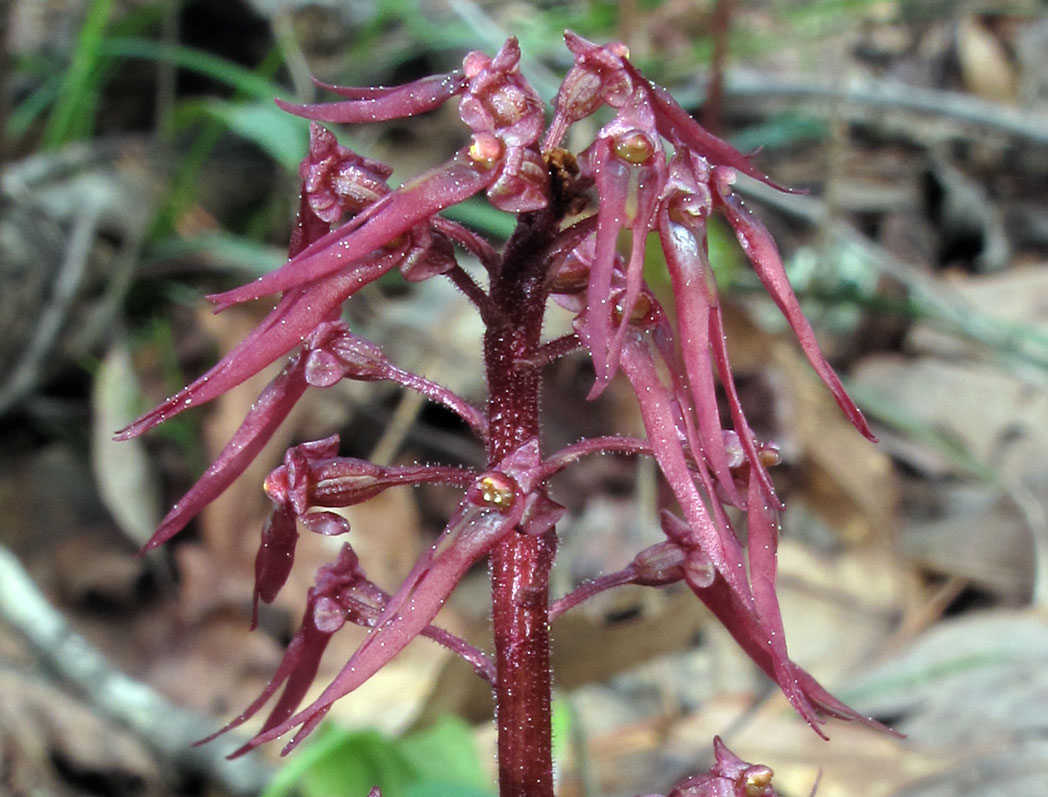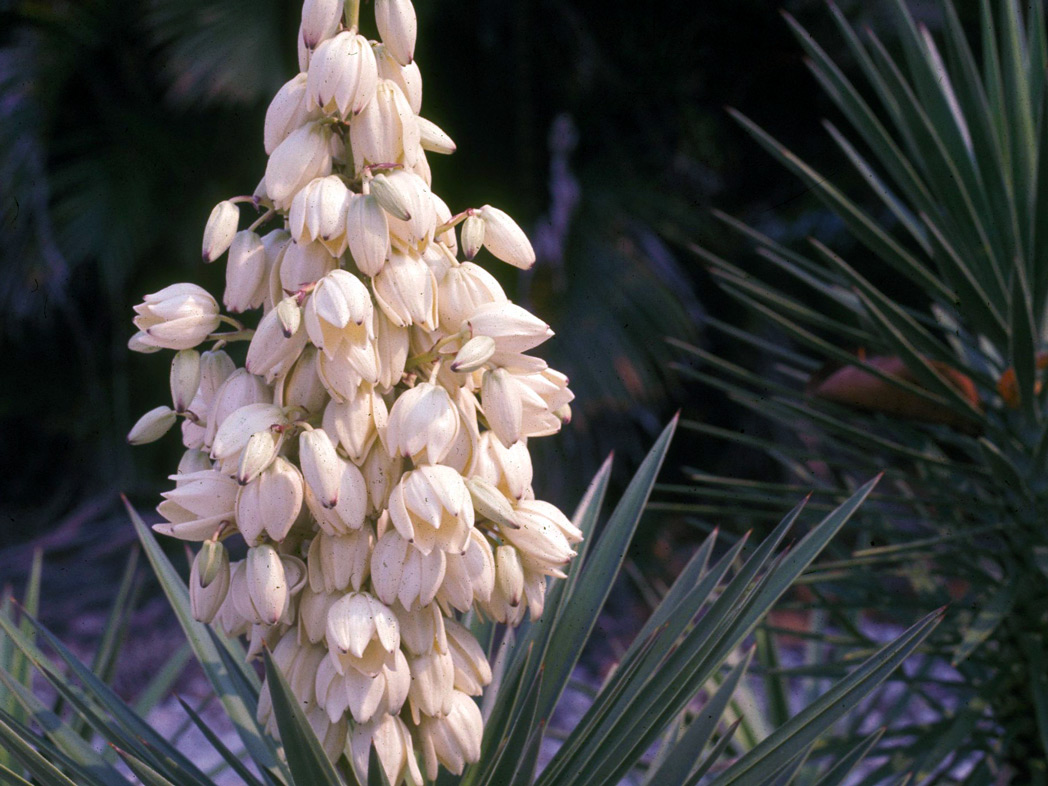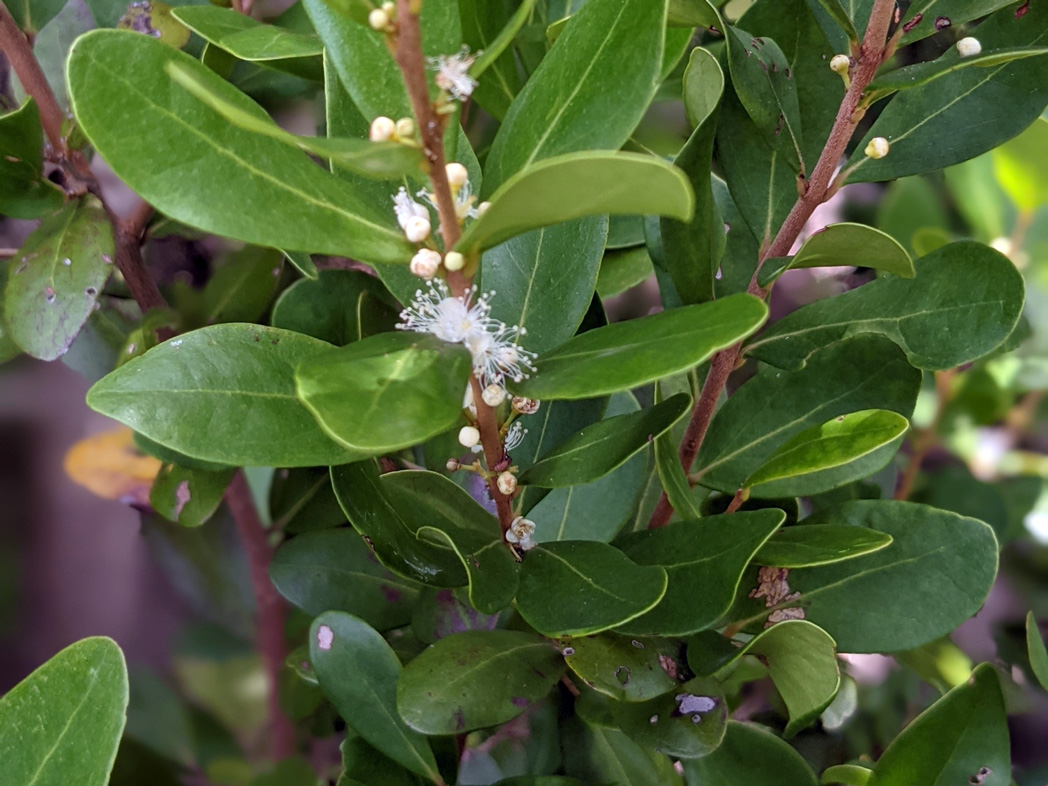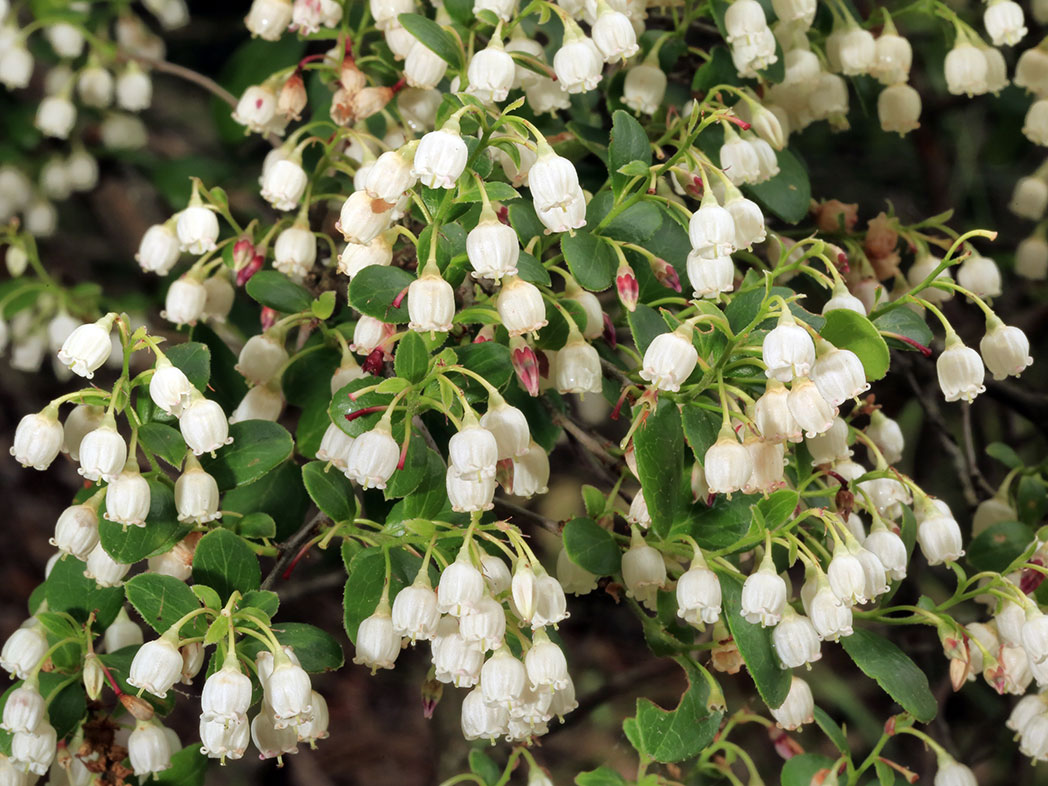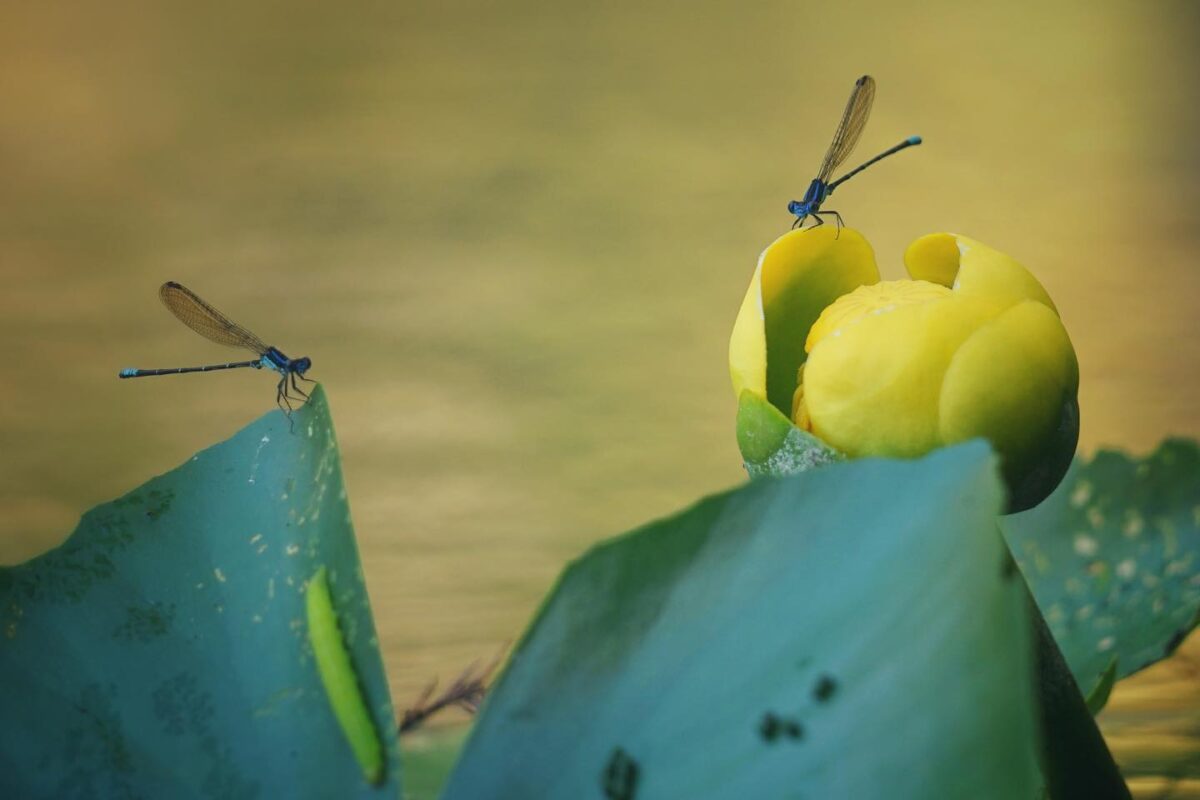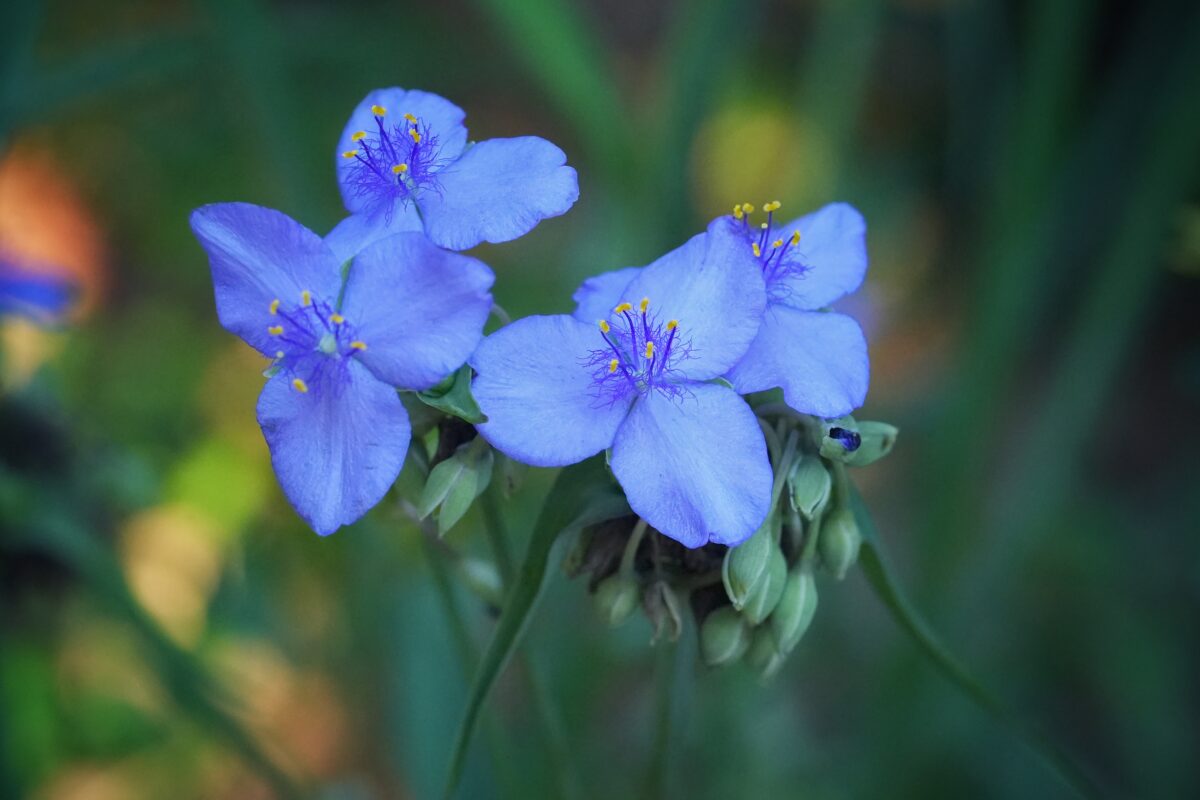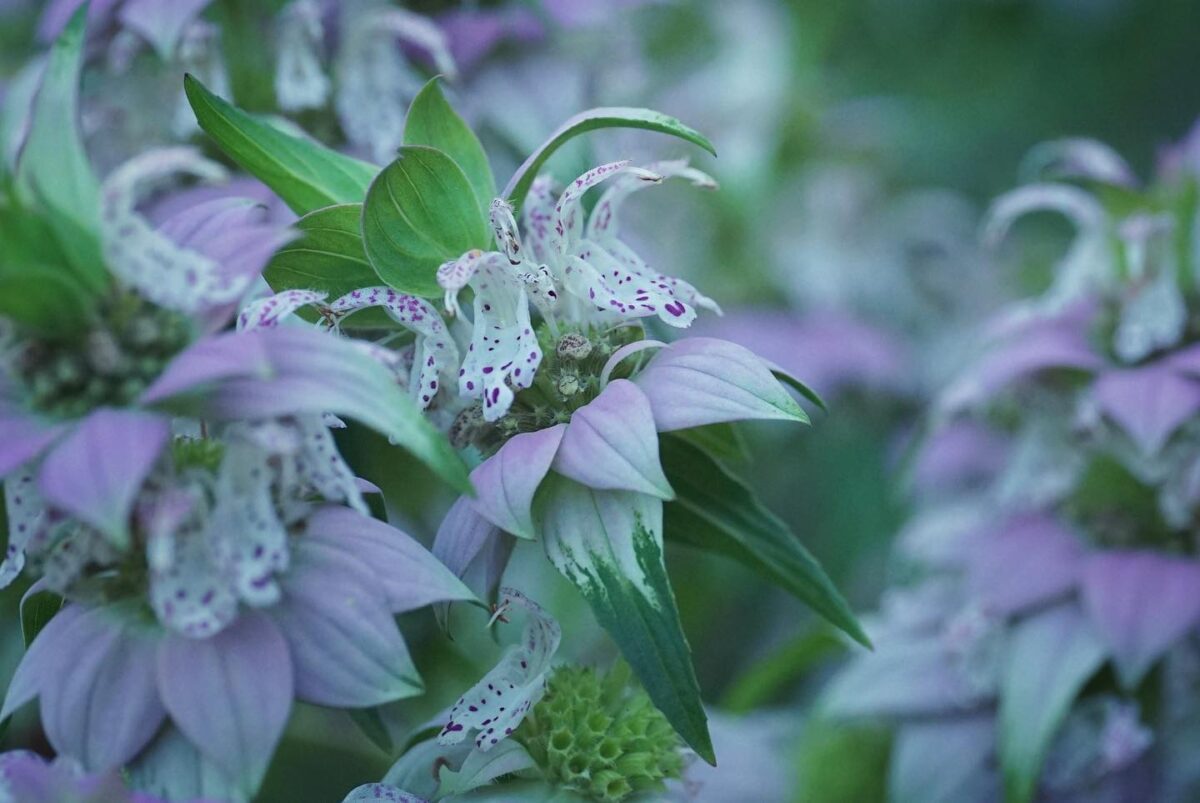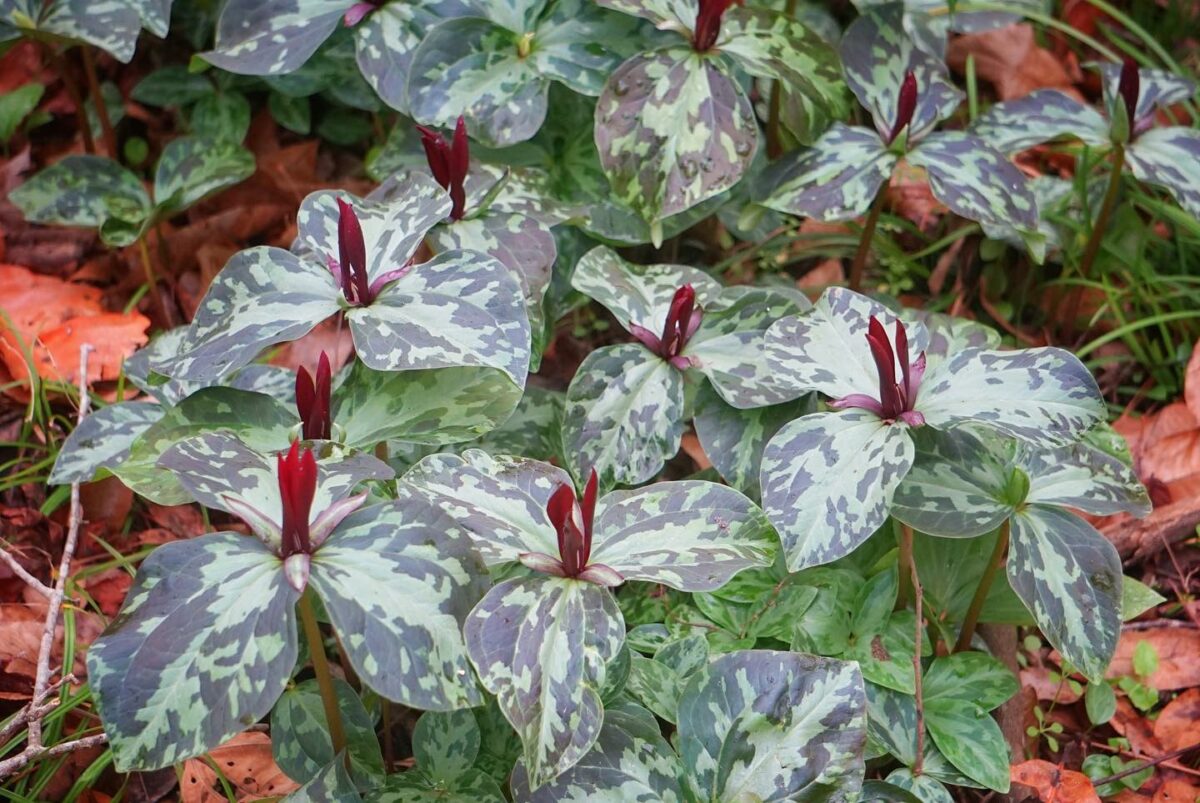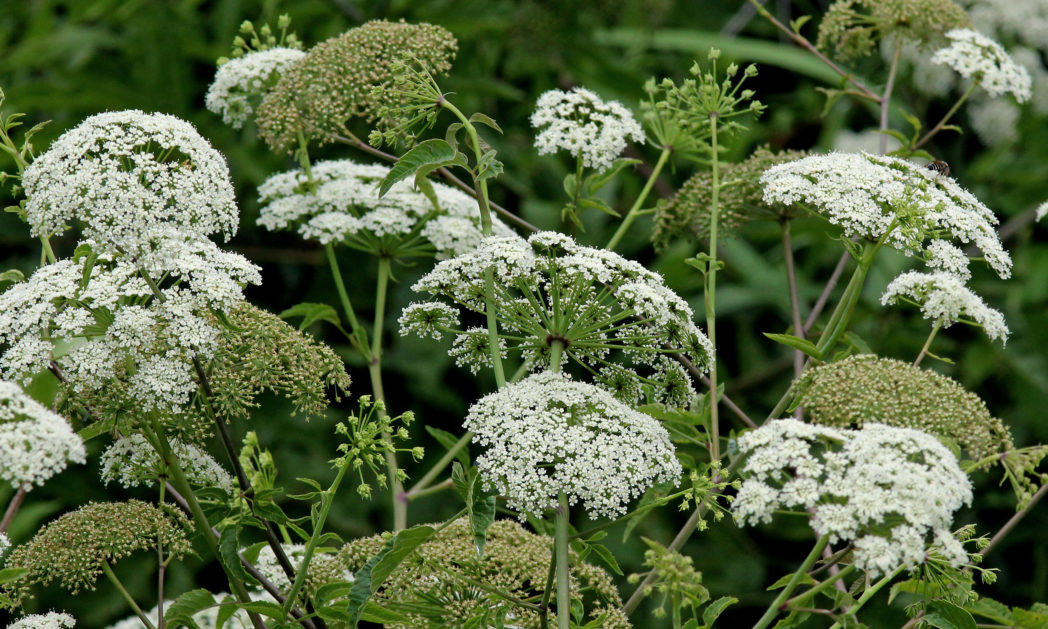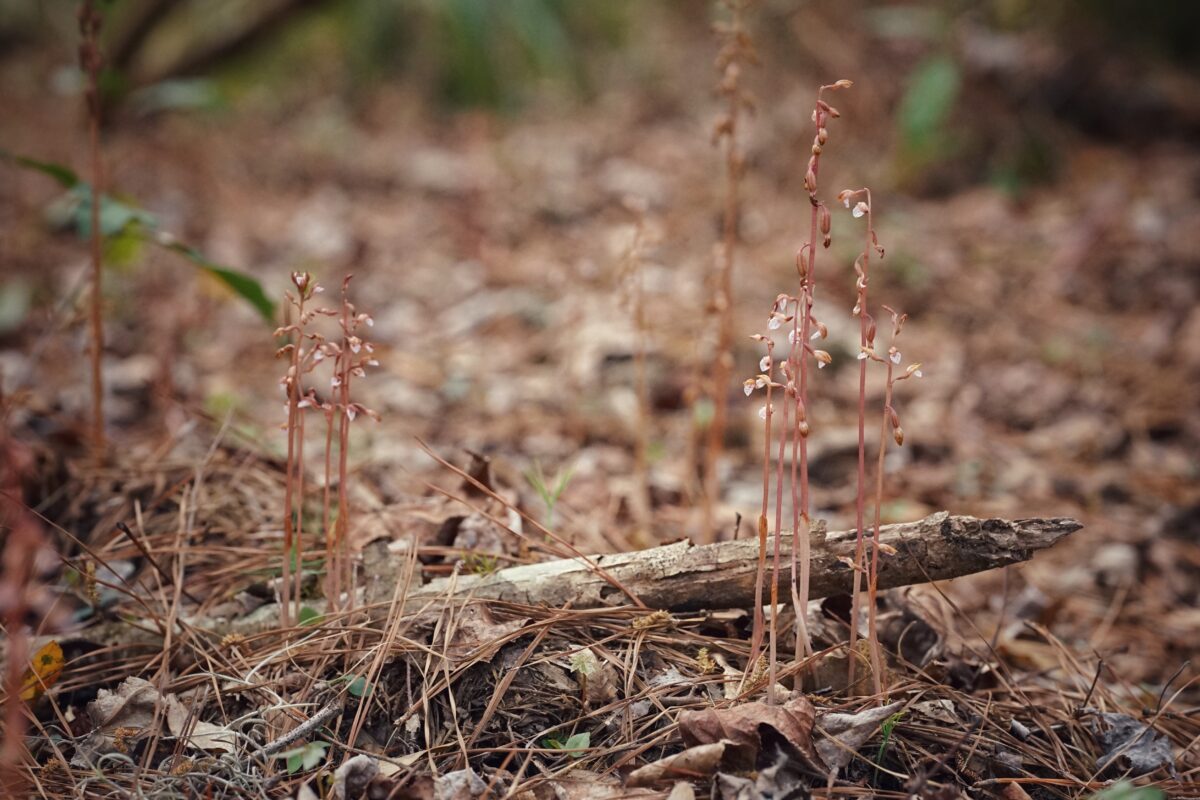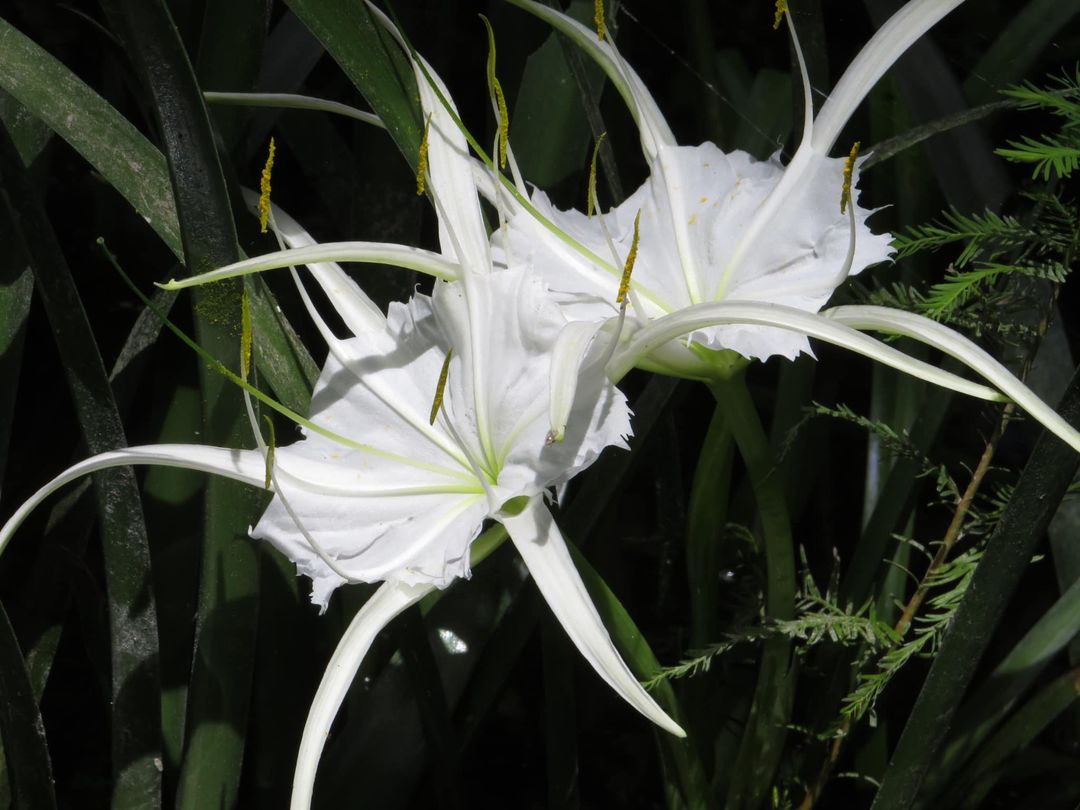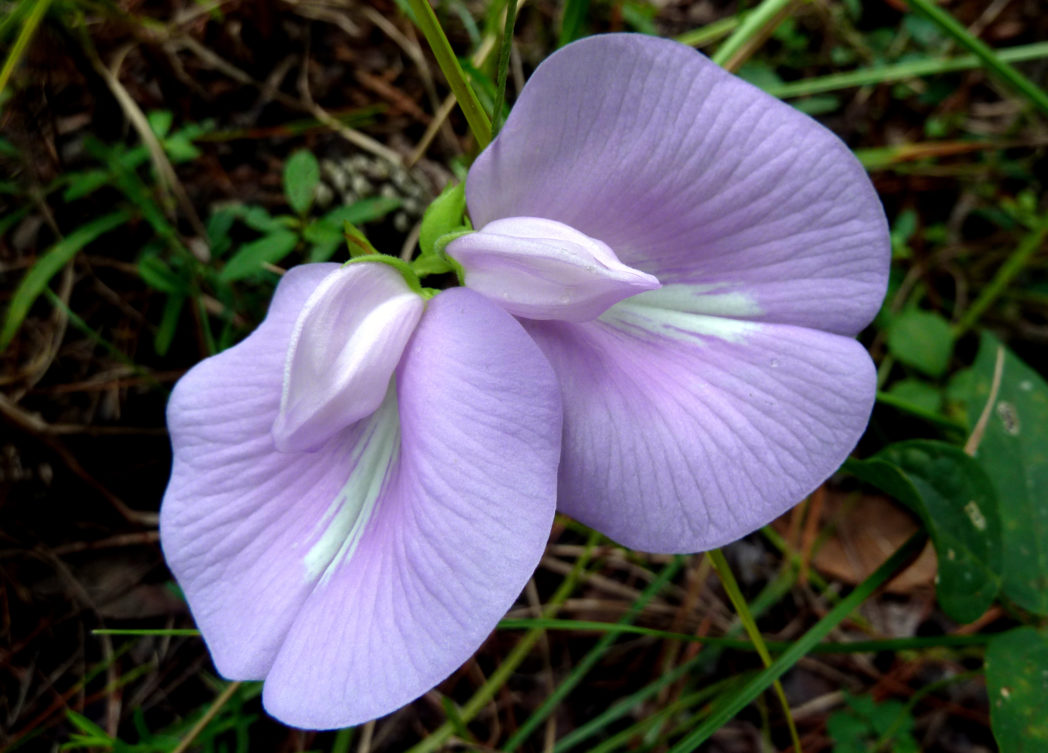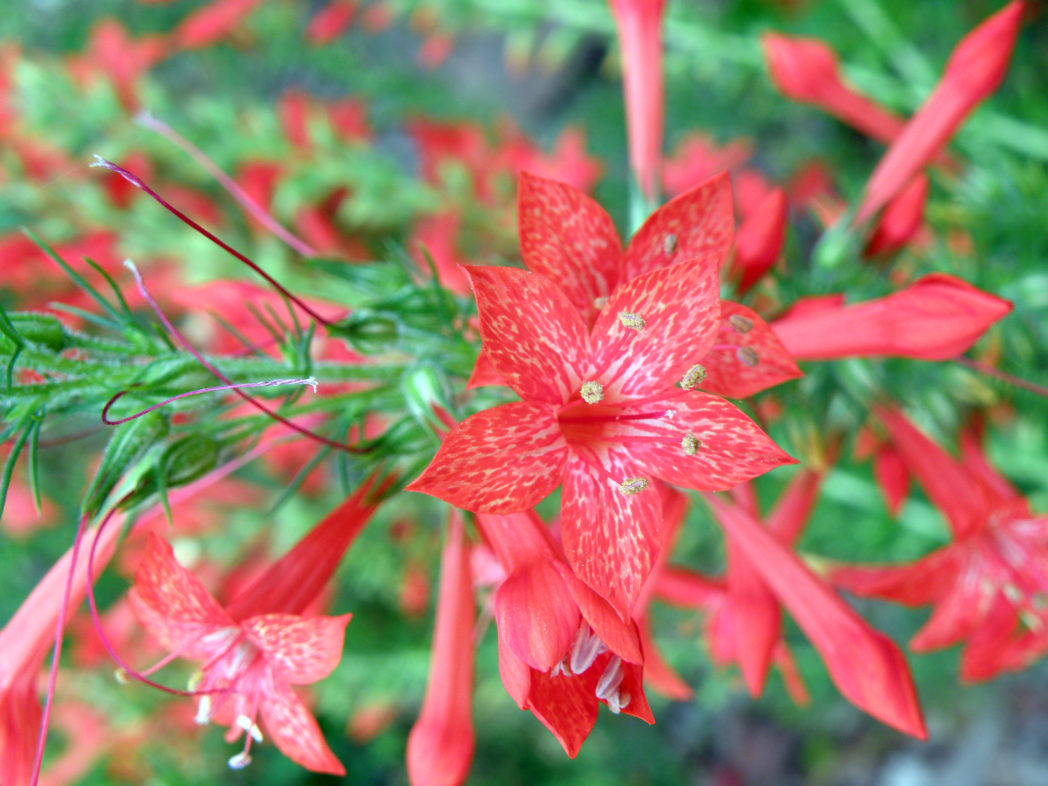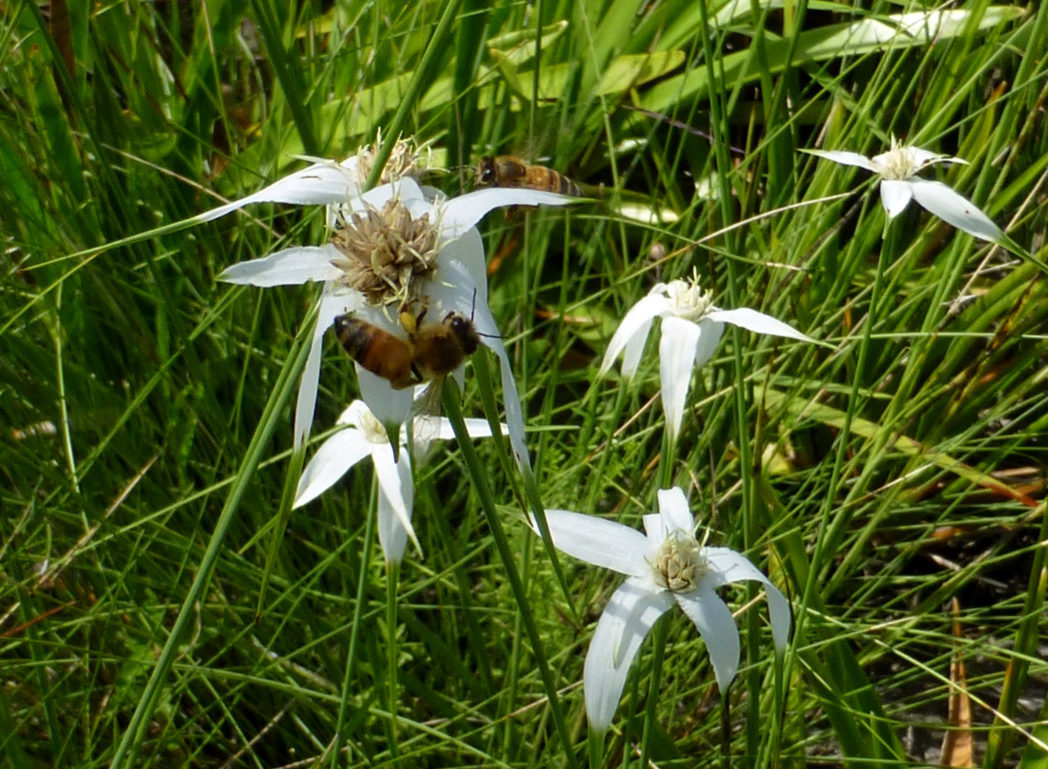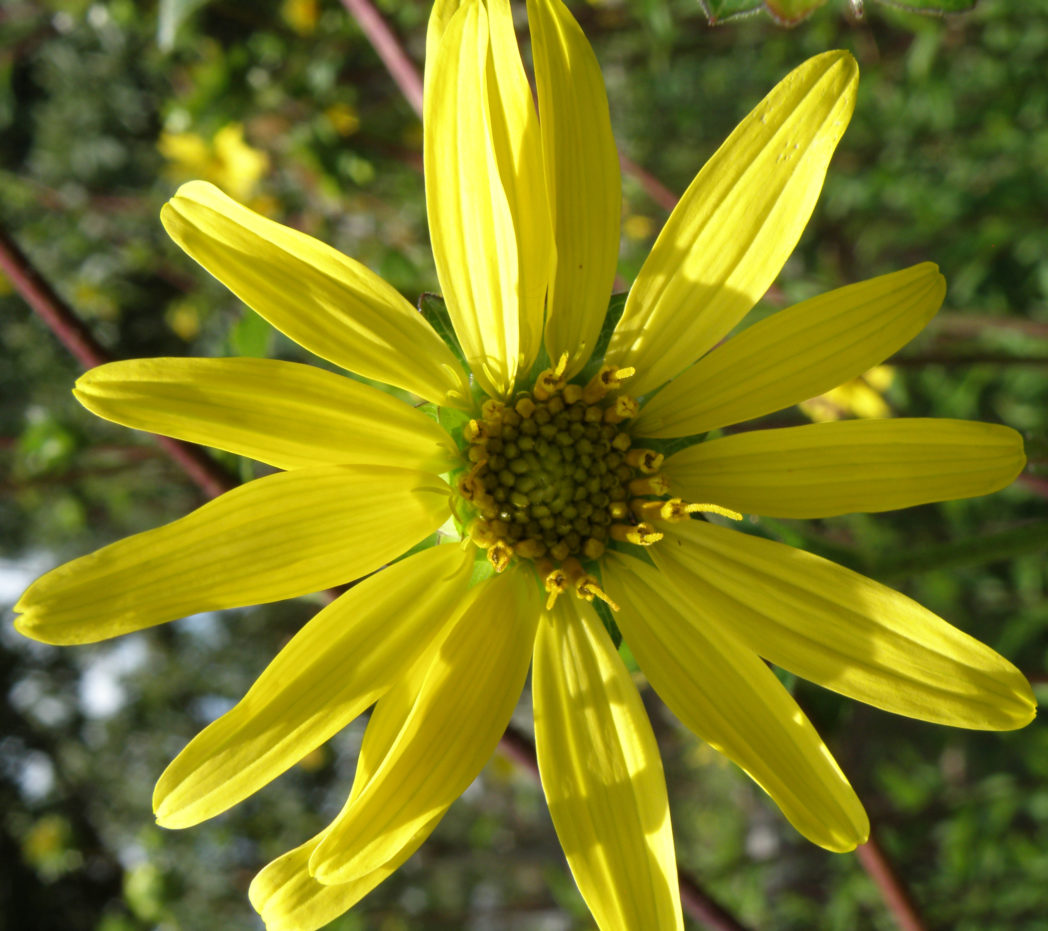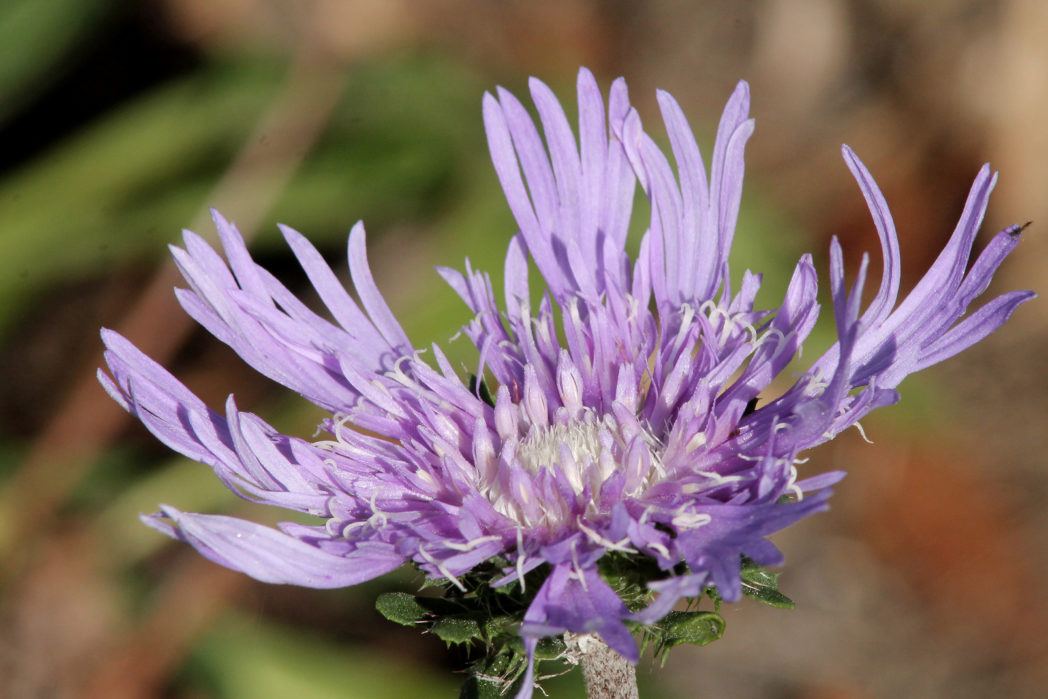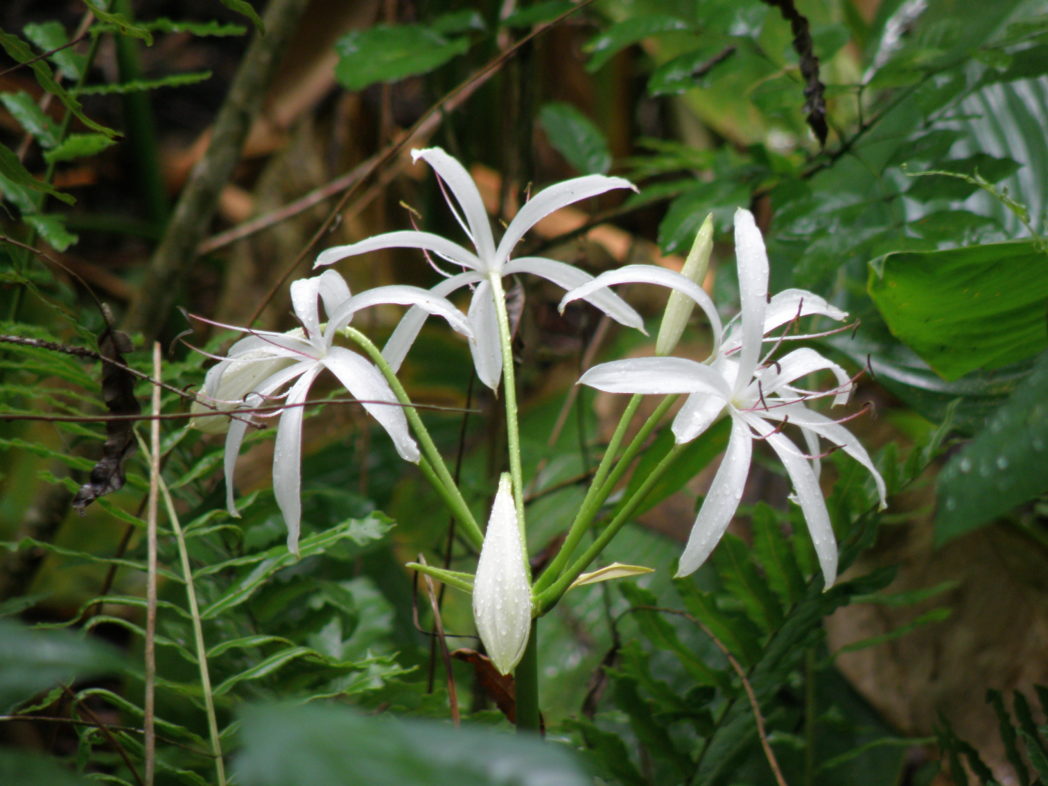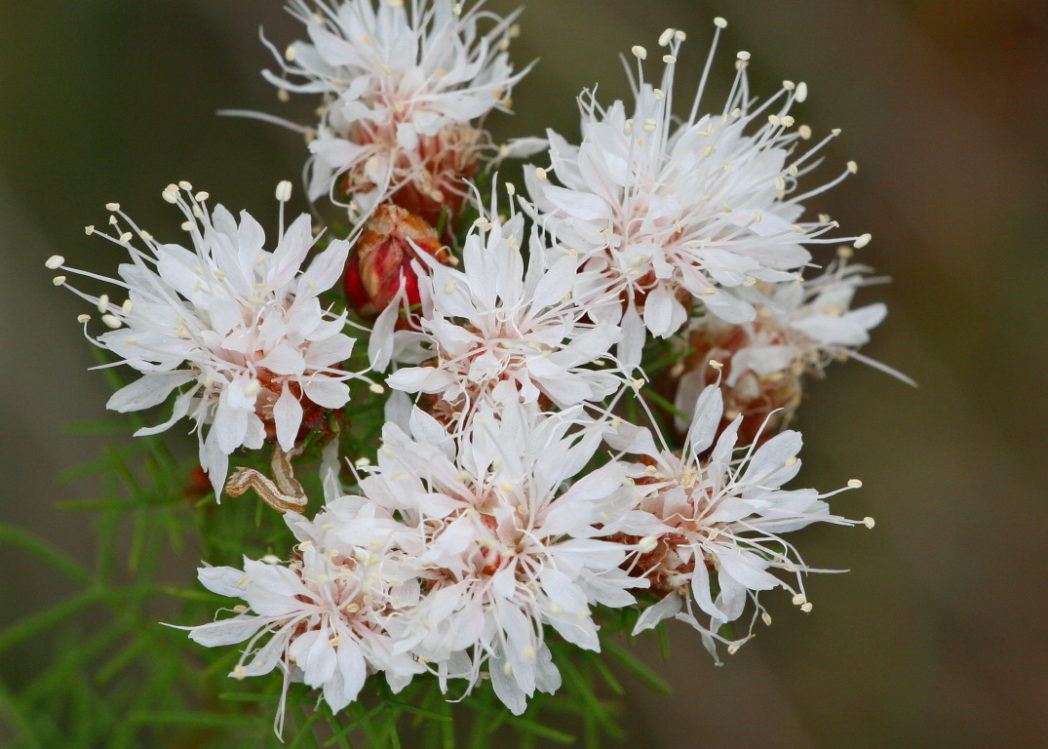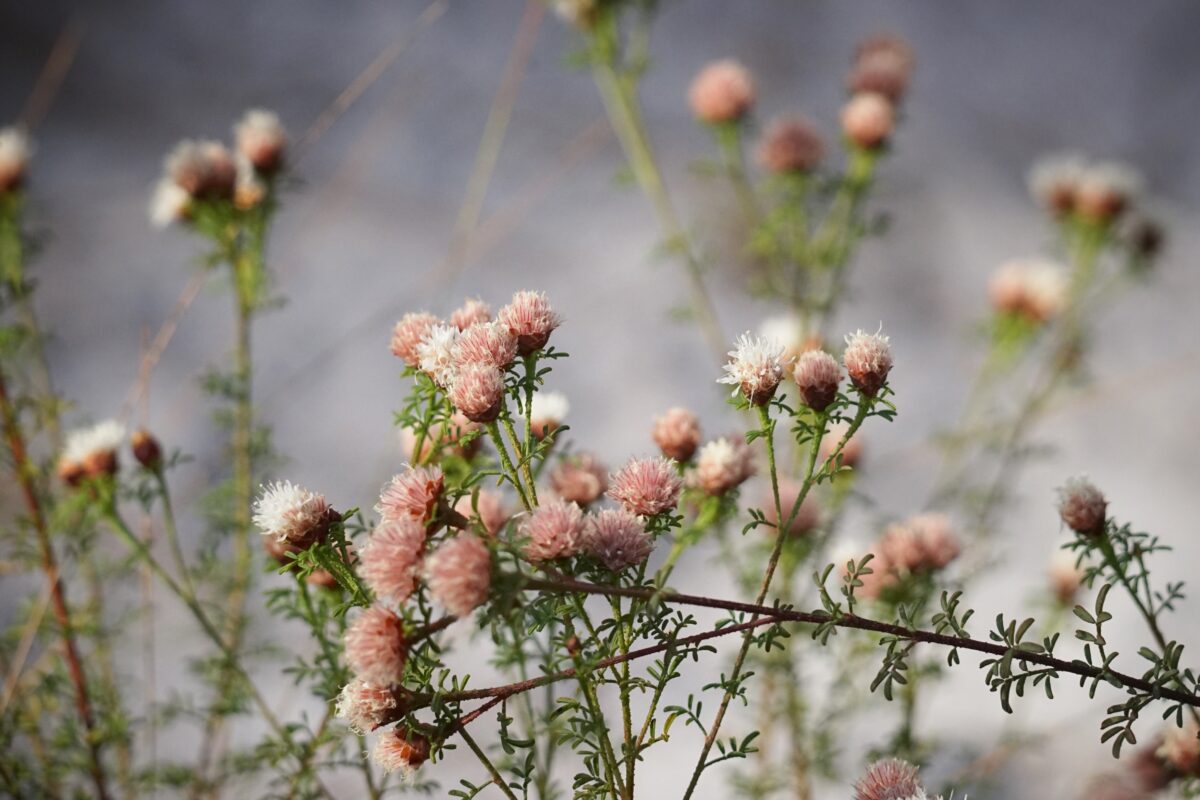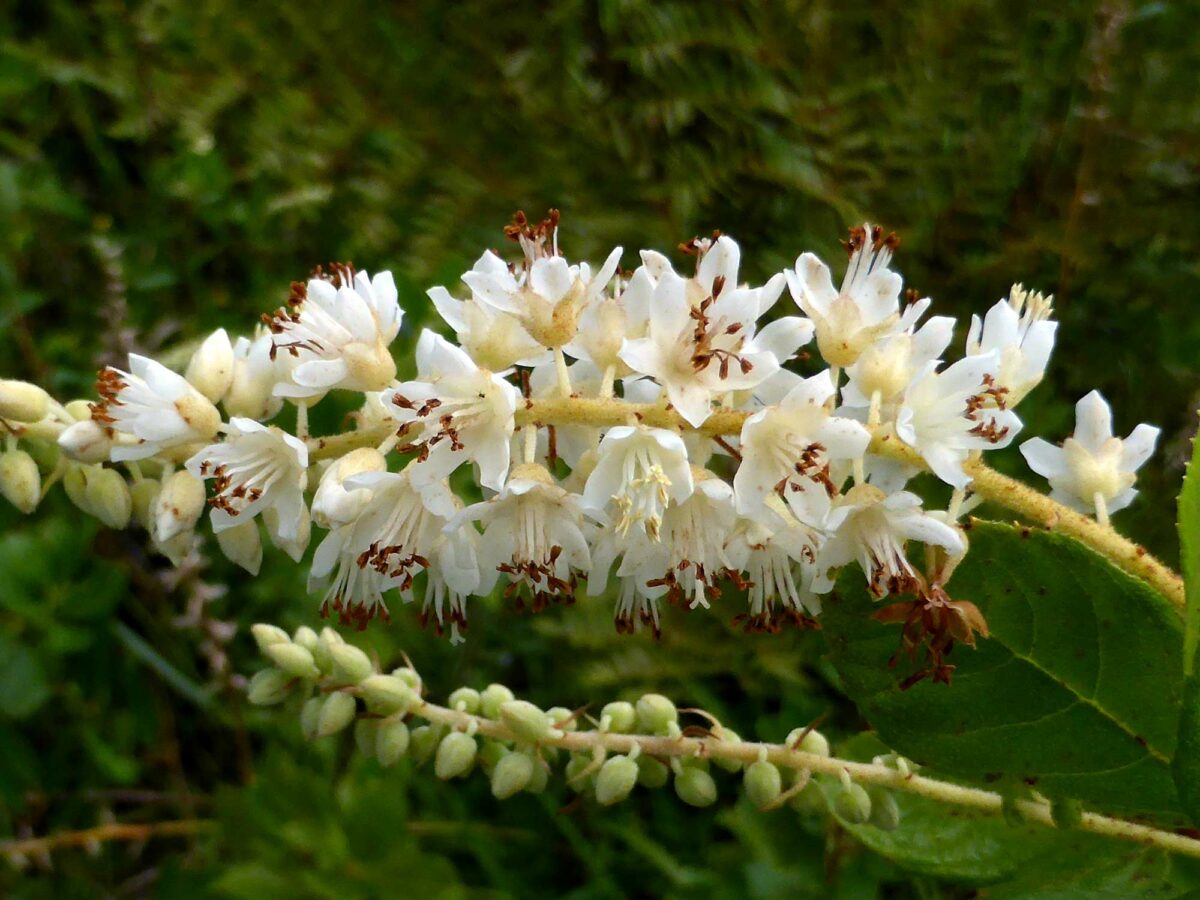Southern crabapple
Southern crabapple (Malus angustifolia) is a deciduous flowering shrub with fragrant spring blooms. They are pollinated primarily by bees, but butterflies are also known to visit them.
Southern magnolia
Southern magnolia (Magnolia grandiflora) is a majestic and iconic evergreen tree found in mesic hammocks and slope forests. It is renowned for its showy fragrant flowers, dramatic dark green leaves, and stately form.
Southern milkweed
Southern milkweed (Asclepias viridula) is a rare, state-threatened wildflower found in wet prairies, flatwoods and bogs.
Southern twayblade
Southern twayblade (Neottia bifolia) is a small terrestrial orchid found in bogs, moist hardwood forests, swamps and marshes throughout the eastern U.S. and Canada. In Florida, it is a threatened species, having been documented in only 19 counties. It blooms primarily in January, but may bloom between December and March. It is often found growing among Cinnamon ferns, however, Southern twayblade’s camouflaging colors, short thin flowers and low stature make it difficult to spot. For this reason, the plant may have a greater distribution than documented.
Spanish bayonet
Spanish bayonet (Yucca aloifolia) flowers spring through fall and provides food and cover for a variety of wildlife. The blooms are frequented for their nectar by hummingbirds and butterflies.
Spanish stopper
Spanish stopper (Eugenia foetida) is an evergreen shrub or small tree with semi-showy flowers that may bloom year-round, but peak in spring and summer.
Sparkleberry
Sparkleberry (Vaccinium arboreum) blooms in spring, attracting a variety of pollinators — especially native bees. It is the larval host for the Striped hairstreak and Henry’s elfin butterflies.
Spatterdock
Found in many slow-moving fresh water environments across Florida, Spatterdock (Nuphar advena) is a beautiful emergent aquatic wildflower with numerous benefits to wildlife.
Spiderwort
Spiderwort (Tradescantia ohiensis ) flowers attract many pollinators, especially bees. Like all species in the dayflower family, the flowers are ephemeral, meaning they stay open only one day.
Spotted beebalm
Spotted beebalm (Monarda punctata) is a robust, aromatic wildflower known to attract a huge variety of pollinating insects, including bees, wasps and butterflies. It blooms from early summer through fall.
Spotted wakerobin
Spotted wakerobin (Trillium maculatum) blooms as early as December in north central Florida, occupying the understory of upland hardwood forests, slope forests, hammocks and bluffs.
Spotted water hemlock
Spotted water hemlock (Cicuta maculata) is a robust herbaceous perennial with a bad reputation of being one of the most toxic plants known to man.
Spring coralroot
It takes a keen observer to spot Spring coralroot (Corallorhiza wisteriana), a small terrestrial orchid whose colors provide expert camouflage against the leaf litter of the deciduous trees under which it grows.
Spring-run spiderlily
The Spring-run spiderlily (Hymenocallis rotata) occurs in shallow edges of spring runs and rivers. Its large white flowers are a beacon for their primary pollinator, Sphinx moths.
Spurred butterfly-pea
Spurred butterfly-pea (Centrosema virginianum) is a trailing or climbing vine that occurs naturally in pine flatwoods, sandhills, coastal strands and interdunal swales. Its showy flowers typically bloom in summer.
St. Andrew’s cross
St. Andrew’s cross Hypericum St. Andrew’s cross ( Hypericum hypericoides) is found in wet pine flatwoods, calcareous hammocks, floodplain forests and mixed woodlands throughout Florida. Bees and butterflies love its flowers.hypericoides) is found in wet pine flatwoods, calcareous hammocks, floodplain forests and mixed woodlands throughout Florida. Bees and butterflies love its flowers
Standing cypress
Standing cypress (Ipomopsis rubra) blooms summer through fall and occurs naturally in sandhills, coastal strands, dunes and ruderal areas. It is very attractive to hummingbirds, butterflies and other pollinators.
Starrush whitetop
Starrush whitetop (Rhynchospora colorata) is a unique and long-lived perennial sedge. It is known (and named) for its striking bracts that are often mistaken for a daisy-like flower.
Starry rosinweed
Starry rosinweed (Silphium asteriscus) is a robust perennial with showy yellow blooms. It occurs naturally in flatwoods, sandy pinelands and disturbed areas and attracts a variety of pollinators.
Stokes’ aster
Stokes’ aster (Stokesia laevis) typically blooms in spring and summer, but may bloom throughout the year, attracting a variety of bees, wasps and butterflies.
String lily
String lily (Crinum americanum) is an erect, emergent perennial with showy, fragrant blooms. It occurs naturally in wet hammocks, marshes, swamps, wetland edges, and along streams and rivers.
Summer farewell
Summer farewell (Dalea pinnata) blooms late summer through early fall. Its many flowers attract butterflies, bees and other pollinators. Its seeds provide food for birds and small wildlife.
Summer farewell
Summer farewell (Dalea adenopoda), also commonly known as Tampa prairie clover, is an aptly named fall blooming wildflower endemic to Central and South Florida.
Summersweet
Summersweet (Clethra alnifolia) is an excellent plant for wildlife. Its showy, sweet-scented flowers bloom spring through summer, attracting hummingbirds, bees, butterflies and other pollinators. Birds and small mammals consume the fruits.
